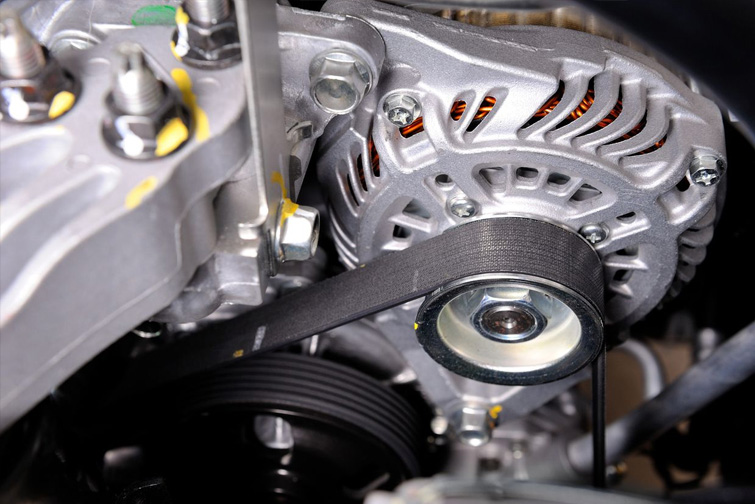A few considerations need to be made when selecting which timing belts and pulleys to purchase. As an illustration, consider the Timing Pulley's pitch, Fig. 5. The distance between one groove's center and another is known as the pitch. This pitch size needs to correspond with the belt's size.

The pitch of timing pulleys
Another component is the shape of the teeth and the grooves in the belt. There are many options for this, such as trapezoidal, Fig. 6 or round, Fig. 7. Trapezoidal may be better for higher load, while the rounder groove has lower noise and wear characteristics.
The shaft that must fit into that pulley must have the same diameter as the bore once the pitches and teeth have been adjusted as shown in Fig.8, for instance, the shaft that will attach to the wheel and the motor's tiny shaft.
We can conclude parameters for choosing timing pulleys as follow:
1. Diametrical pitch
2. Power transmission needs
3. Speed ratio required
4. The diameter of the driver & driven pulley
5. The distance between the diver and driven pulley, etc
6. The tooth shape


